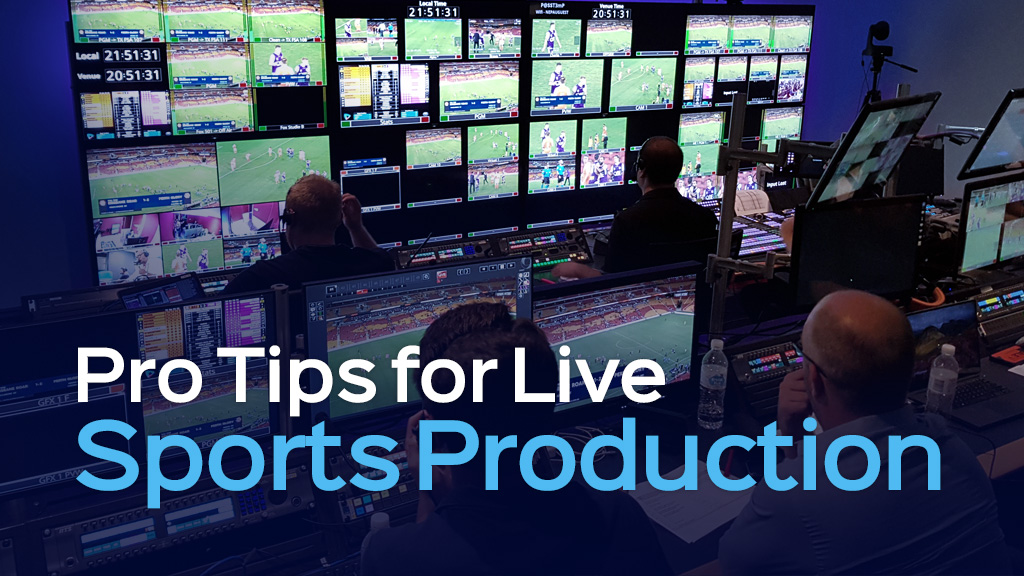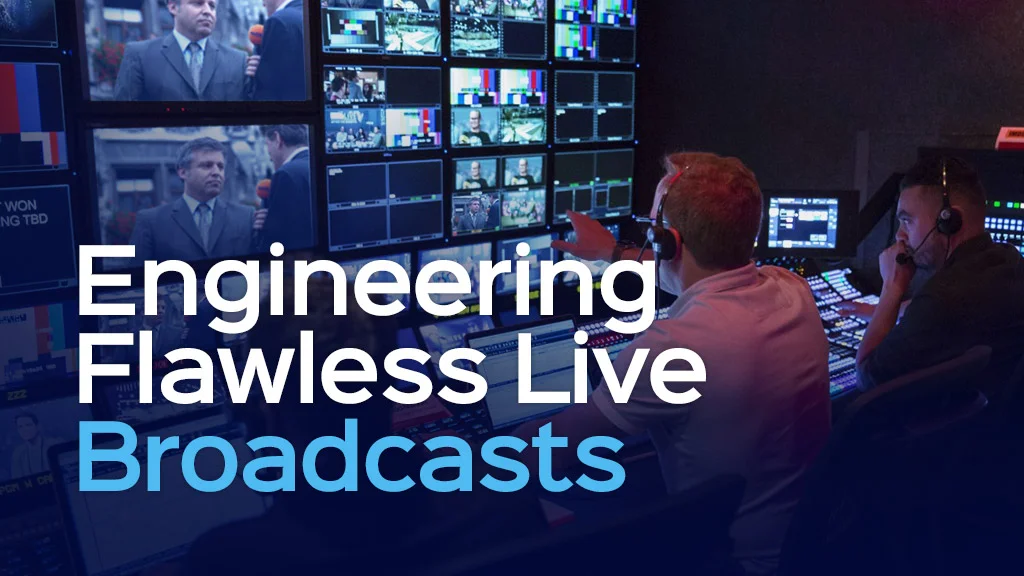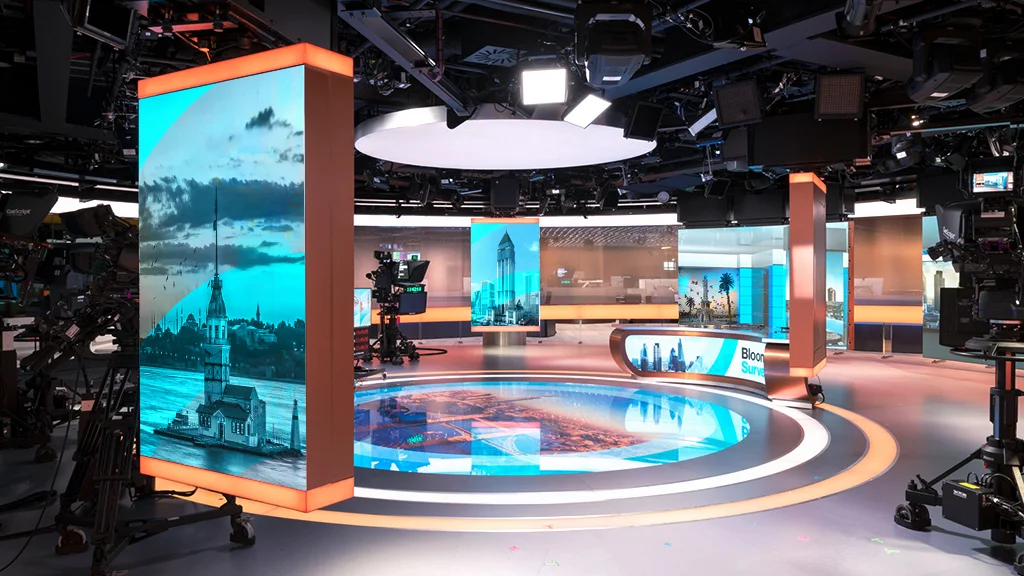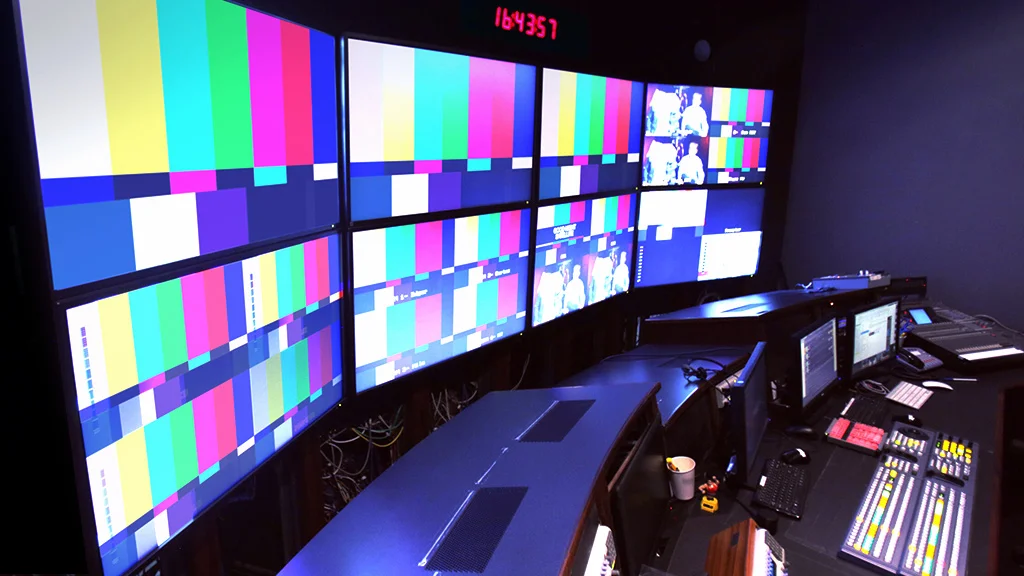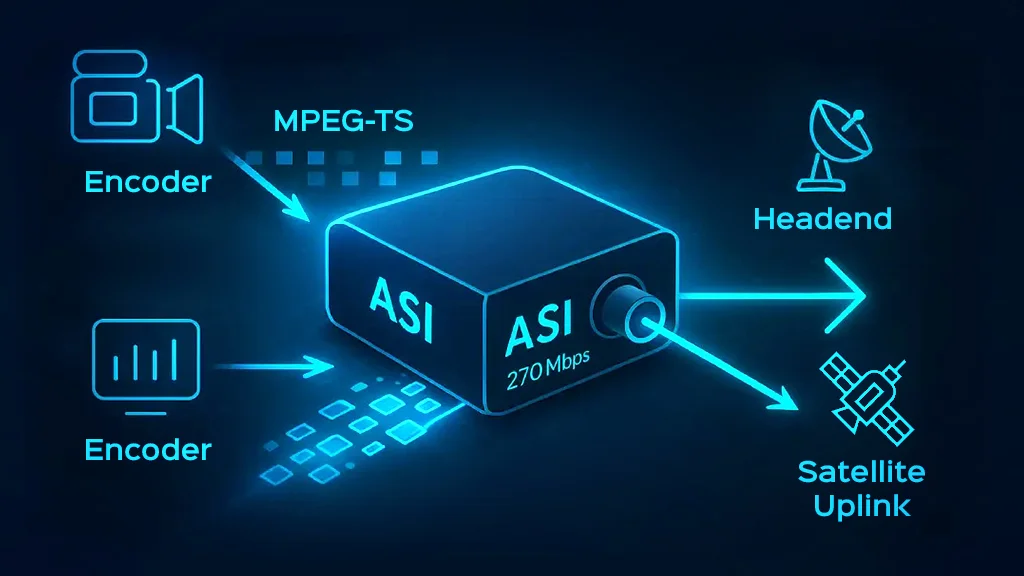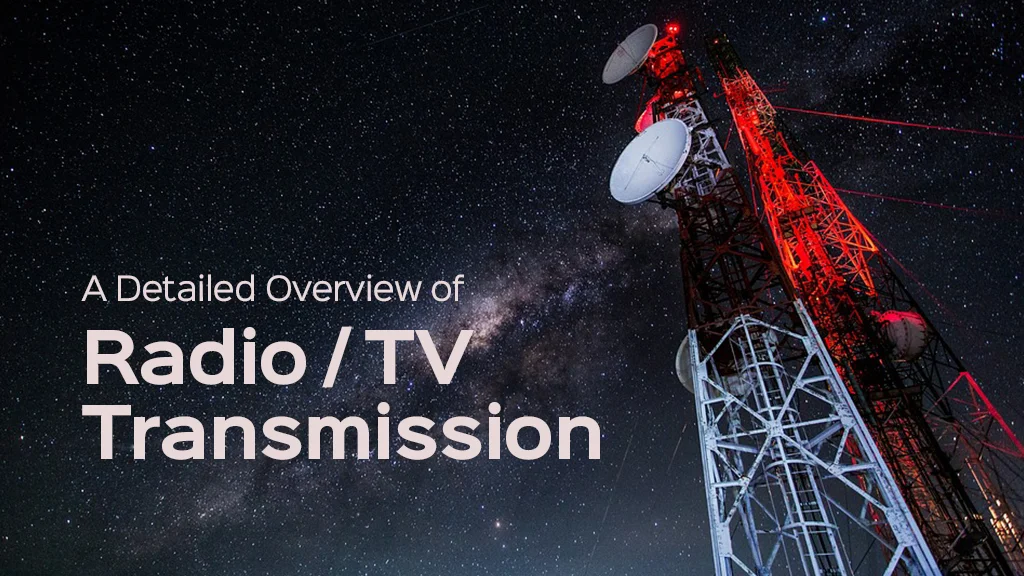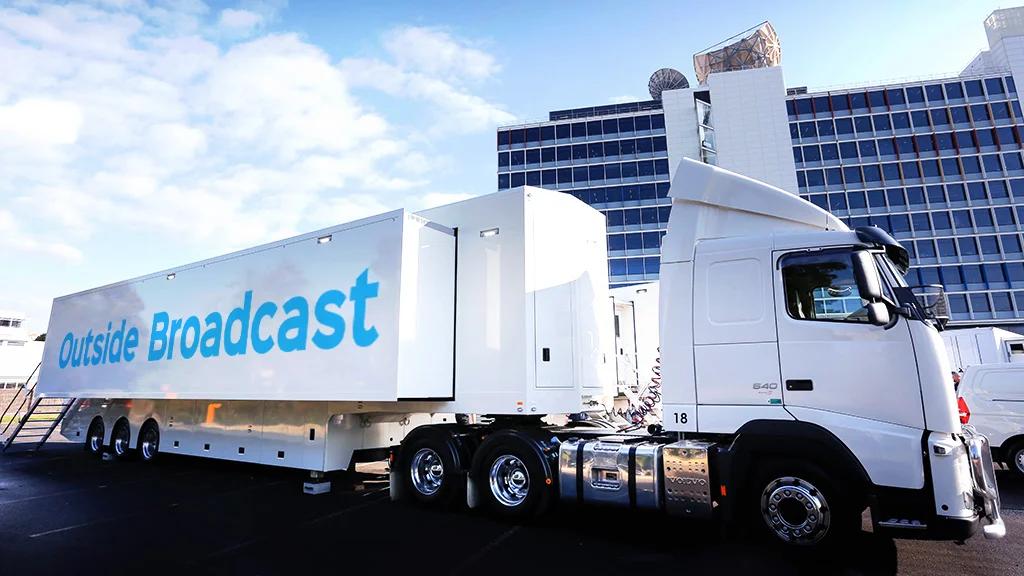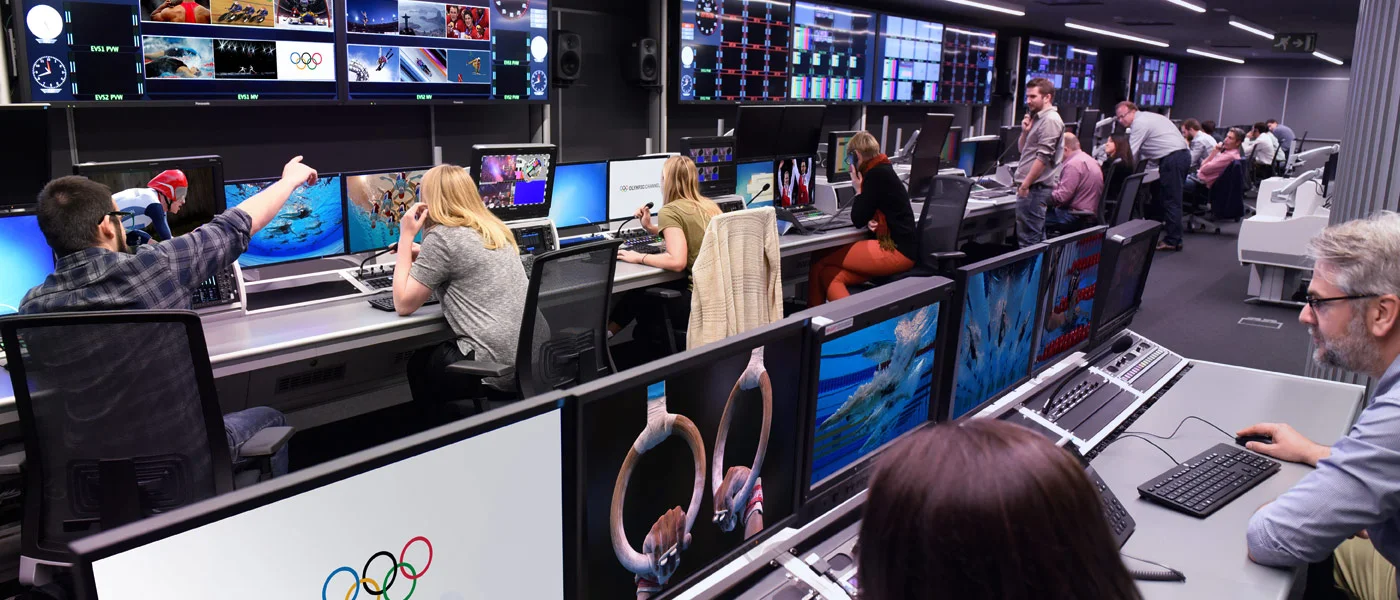
- Academy
Overview of TV News Production Process and equipment
In the fast-paced and highly competitive world of TV news production, the effective use of studio equipment is essential for delivering a polished, engaging, and informative broadcast to viewers. From the cameras that capture the visual elements to the audio systems that ensure clear sound quality, each piece of studio technology plays a vital role in the complex process of news production. In this discussion, we will explore the various applications of studio equipment in the context of television news, highlighting how these tools and technologies enable news organizations to craft visually compelling stories, maintain technical excellence, and adapt to the industry’s evolving demands.
About TV News Production process
Let’s provide an overview of the broader TV broadcast news production process and how studio equipment integrates within it:
TV news production process is a complex and multifaceted endeavor that requires the coordination of a wide range of technical and creative elements. From the initial news gathering in the field to the final on-air broadcast, each stage of the process relies on the strategic application of studio equipment and production technologies.
The new production system workflow typically begins with journalists and reporters collecting stories and footage in the field, using portable cameras and audio equipment to capture the necessary elements. These raw materials are then brought back to the news production facility.
Inside the newsroom, news scripts are written, graphics and visuals are created, and the overall story structure is planned. As the content moves into the studio, the production team utilizes a range of specialized equipment to transform the raw elements into a polished, engaging broadcast.
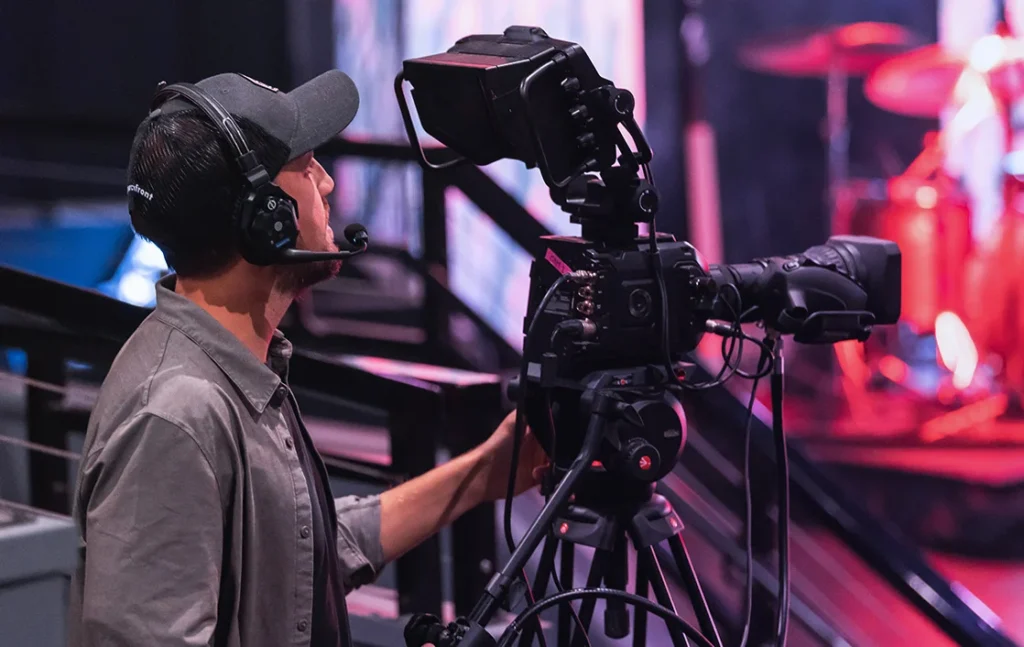
Essential equipment for successful Broadcast news production
TTo successfully manage the tv news production process, there are several essential pieces of studio equipment that play a critical role. Let’s take a closer look at some of the key technologies and their applications:
Cameras:
At the heart of any news studio are the professional-grade cameras, often capable of capturing high-definition and even 4K video. These advanced cameras, equipped with features like remote-controlled pan, tilt, and zoom, allow the production team to capture dynamic, visually engaging shots from multiple angles. The versatility of these cameras is crucial for creating a polished, visually compelling news broadcast.
Lighting Systems:
Sophisticated lighting setups, including key lights, fill lights, and backdrops, are essential for creating an evenly lit and visually appealing studio environment. Adjustable lighting controls enable the crew to highlight the news anchors and set elements, ensuring the on-air talent is presented in the best possible light.
Teleprompters:
Teleprompter systems display the script and cues, allowing news anchors to deliver their lines seamlessly while maintaining eye contact with the camera. Integrated controls enable the production team to adjust the teleprompter speed and content in real time, ensuring a polished and professional on-air presentation.
Graphics and Video Switching:
Advanced graphics systems create visually compelling lower thirds, charts, and other informational elements that enhance the storytelling and provide important context for the news content. Digital video switchers enable the director to seamlessly transition between multiple camera feeds, graphics, and video playback, creating a dynamic and engaging broadcast.
Monitoring and Communication:
Effective monitoring and communication systems, including broadcast control room monitors and intercom networks, allow the production team to stay connected and aligned throughout the broadcast. This ensures everyone is informed, coordinated, and able to respond quickly to any changes or breaking news developments.
Multiview Monitors
Multiview monitors allow the production crew to simultaneously view multiple video sources, such as camera feeds, graphics, and pre-recorded content, on a single display. This enables the director, technical director, and other crew members to quickly assess the overall status of the broadcast and make informed decisions during the live production.
Audio and Video Embedders/De-embedders
These devices facilitate the integration of audio and video signals, ensuring seamless synchronization between the visual and aural elements of the broadcast. SDI audio embedder Modules combine separate audio and video streams into a single, integrated signal, while de-embedders extract the individual audio and video components for further processing or distribution.
Signal Distributors
High-performance signal distributors route and distribute various audio, video, and control signals throughout the production facility, ensuring that all the necessary content and control data reaches the appropriate destinations. This robust distribution system is critical for maintaining the integrity and reliability of news broadcast.
Audio and Video Delay control
By strategically incorporating audio video delays into the broadcast news production workflow, broadcasters can significantly enhance the overall security and reliability of their live broadcasts. These specialized devices serve as a critical safeguard against hacking attempts, ensuring that the news content reaches the audience uninterrupted and with the highest level of integrity.
By leveraging these essential pieces of studio equipment, news organizations can craft visually compelling, technically excellent, and adaptable news broadcasts that captivate their audience and deliver the crucial information they seek.
Read also :
An Overview of Main TV Broadcast Equipment
TV News Production Process
The process of TV news production is detailed and requires teamwork and technology. It all begins when reporters and camera crews go into the field to gather stories and capture important footage. These professionals use high-quality video cameras and microphones to ensure the material they collect looks good and sounds clear. Once they finish their work, they bring the raw footage back to the newsroom, marking the transition from capturing live events to editing the content for broadcast.
In the broadcast in news industry, the right broadcast production is key. Tools like SDI video processors and audio video signal routers help manage and transmit video and sound effectively. Editors use our media editor for content preparation, which allows them to cut and arrange the gathered footage efficiently. Adding effects and graphics to enhance storytelling is made more accessible with our playlist scheduler software and multiviewer , which let the production team monitor multiple video feeds at once. The goal is to create a clear and engaging news story that informs viewers while keeping them interested.
TV News Production Challenges
Despite advancements in news production systems, the tv news production process faces several challenges that can impact how quickly and effectively news is delivered. One major challenge is the need for quick thinking and flexibility, especially during breaking news events that can change in an instant. When unexpected situations arise, production teams must adapt rapidly, using communication tools like our intercom and paging systems to stay connected and coordinate their efforts effectively.
Another significant challenge is dealing with technical problems. Equipment like cameras or microphones can fail unexpectedly, disrupting the broadcast and causing delays. To manage these risks, news organizations rely on our audio video delayer and embedder & de-embedder tools, ensuring smooth sound and image quality. Moreover, the fast-paced nature of news means that teams often work under tight deadlines, which can lead to stress. Navigating these challenges requires well-trained staff who understand the technology and can work together efficiently.
What is Important in Broadcasting News Production
In broadcasting news structure, several key factors contribute to creating high-quality content. Reliable equipment and smooth workflows are essential, which is why news organizations must invest in solutions like our 12G SDI over IP technology, fiber transport, and TS multifunctional processors. These tools ensure that operations run smoothly and efficiently. Alongside the technical side, fostering a collaborative environment is just as important. Every team member—reporters, editors, sound engineers, and directors—plays a vital role in producing a successful news broadcast. Clear communication and mutual respect among everyone enhance creativity and help achieve a common goal.
Staying updated with industry trends and new technologies is crucial for news organizations. Our media business process management system and media microservices help organizations adapt to changes and meet audience expectations in a constantly evolving media landscape. In summary, combining modern technology, teamwork, and a strong commitment to quality enables news organizations to deliver timely, accurate, and engaging broadcasts. This approach solidifies their reputation as trusted sources of news in a world where reliable information is more important than ever.

